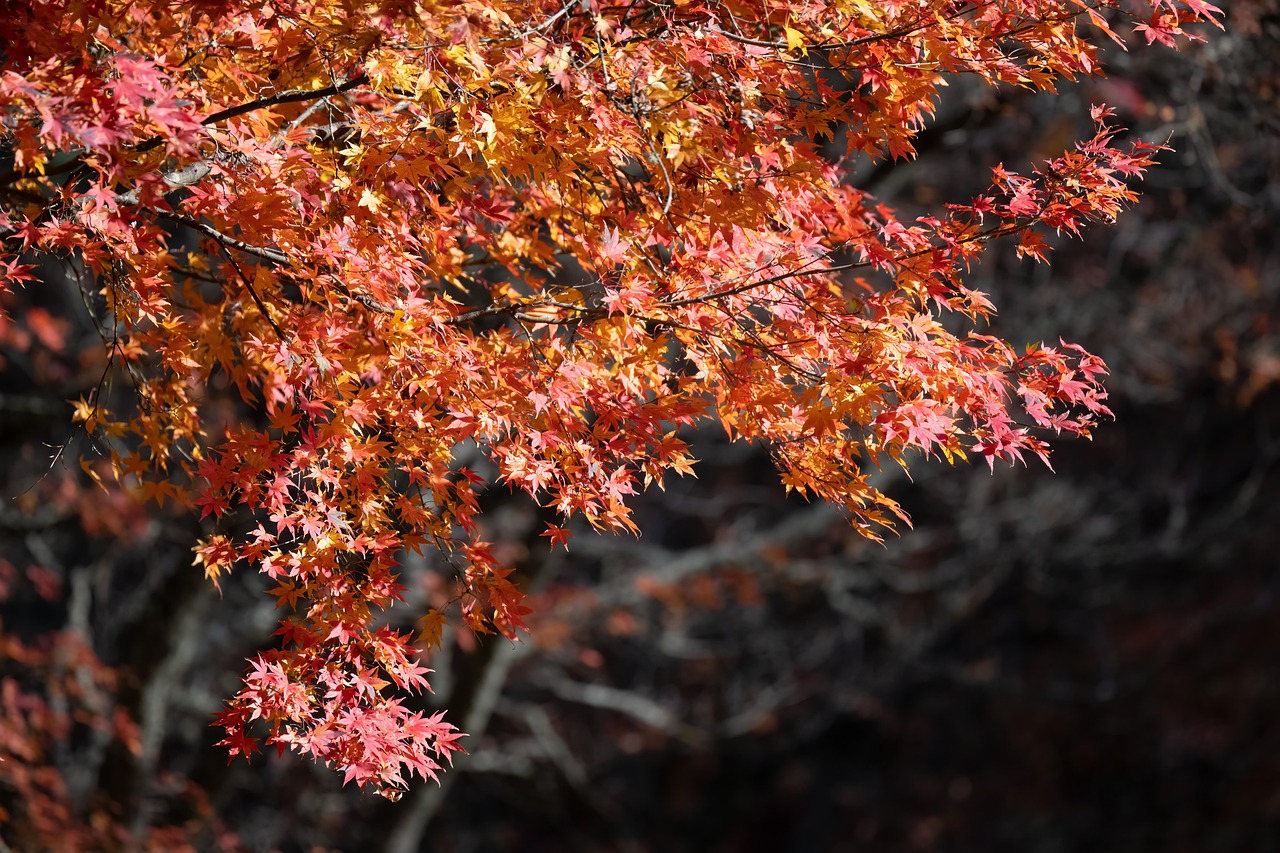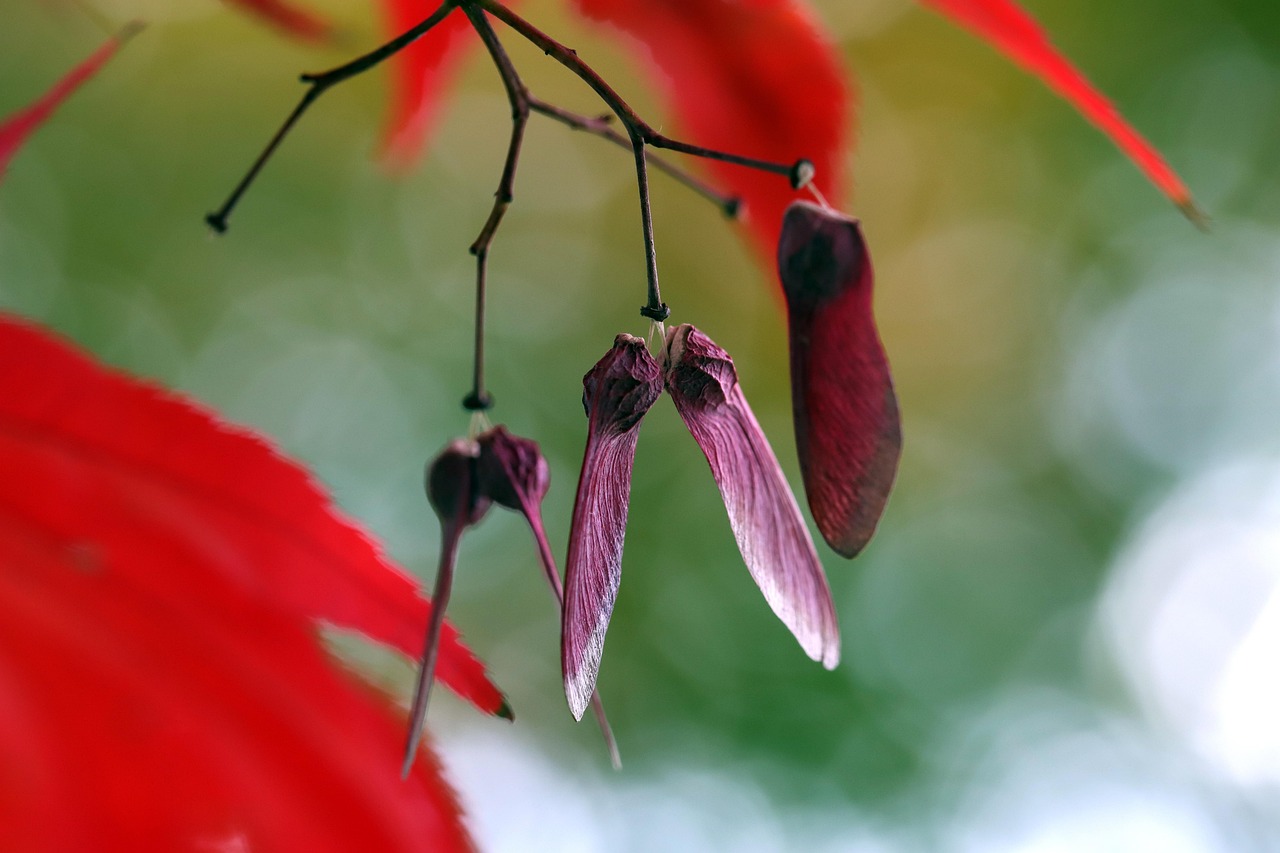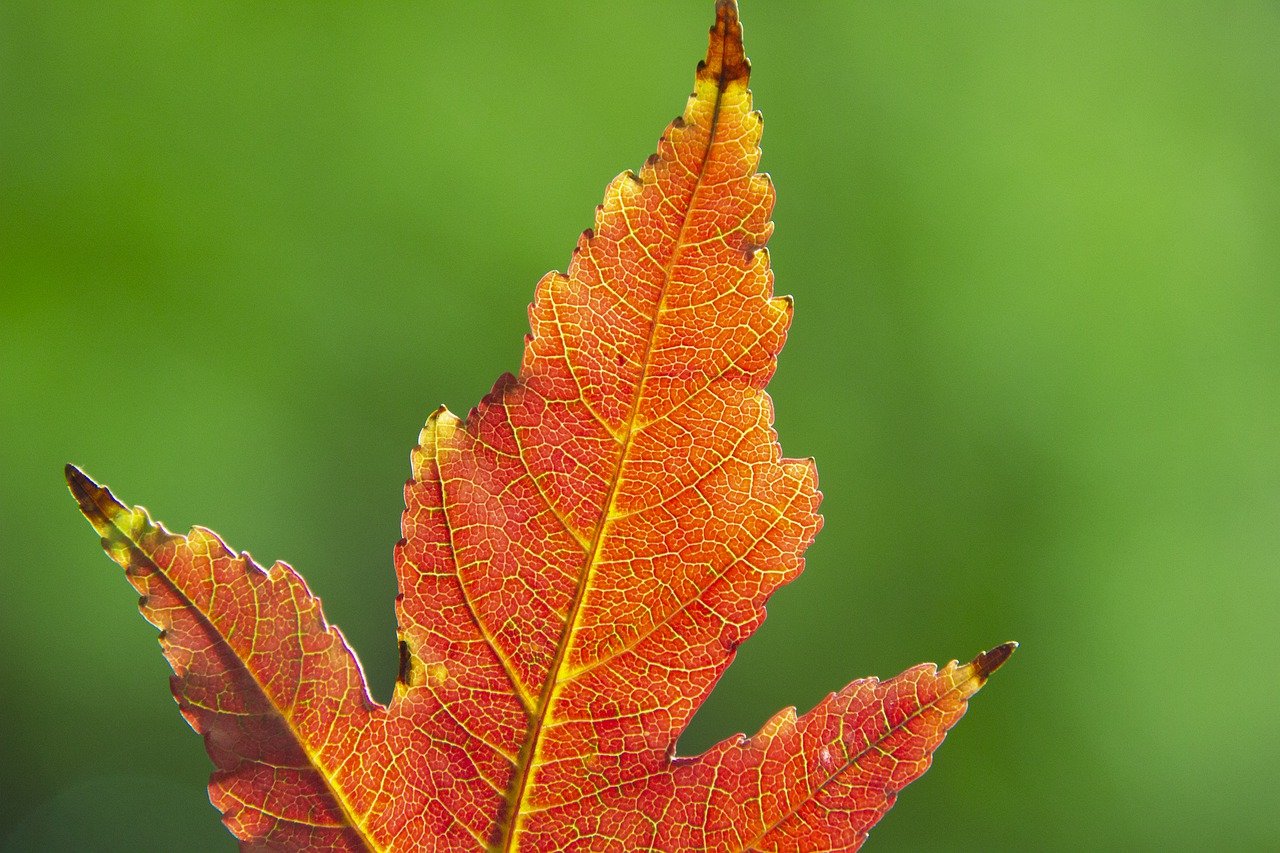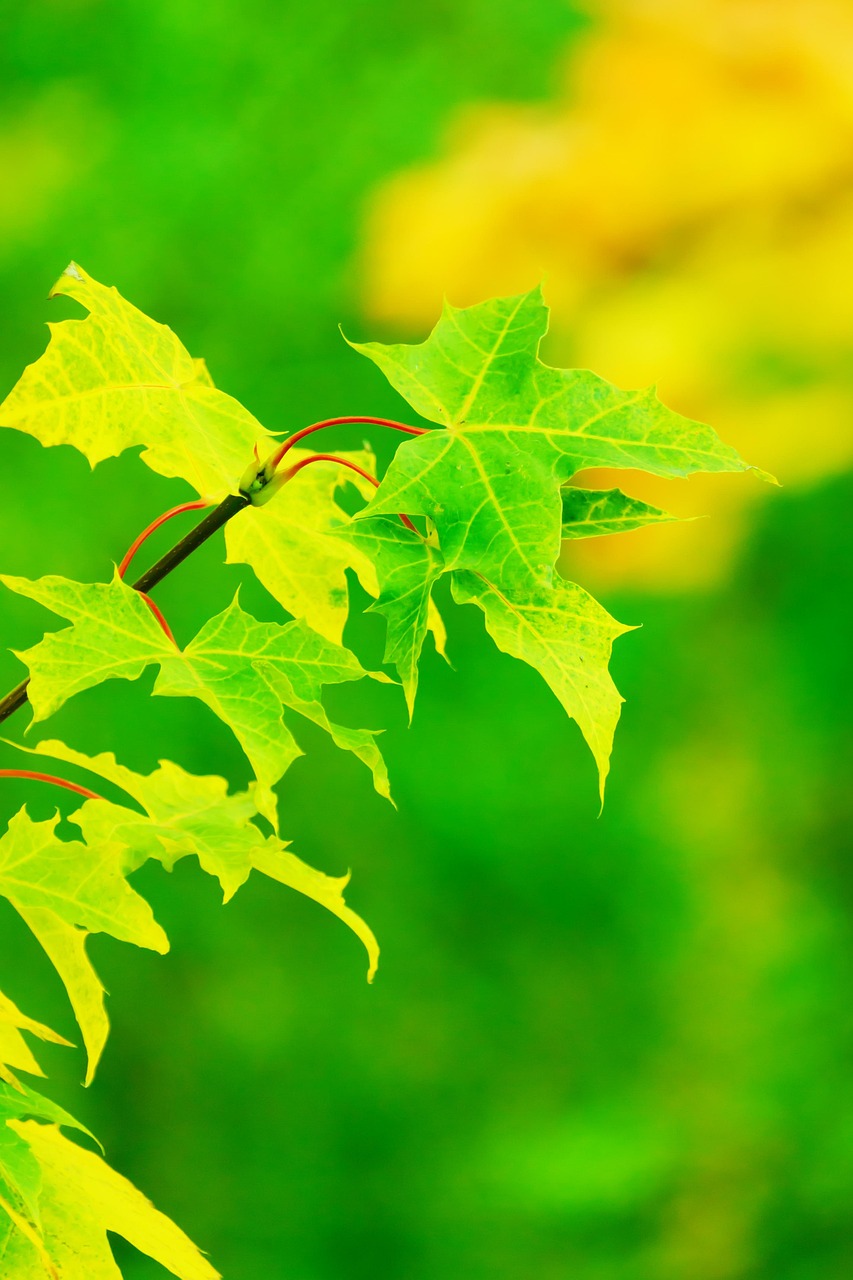To revive your maple tree, first identify the specific problems it faces. Common issues include pests, diseases, and environmental stressors. After diagnosis, implement targeted treatment strategies such as proper watering, fertilization, and pest control measures to restore the tree’s health.
Maple trees are beloved for their stunning fall colors and sturdy canopies. However, they can face various challenges that may threaten their health. Understanding these issues is crucial for any gardener or homeowner looking to maintain a vibrant and flourishing maple tree. Identifying problems early can make all the difference in how effectively you can restore your tree.
Several factors can negatively impact the health of a maple tree. Environmental conditions such as drought, excessive moisture, or poor soil quality are common culprits. Additionally, pests and diseases can wreak havoc on a tree’s vitality. A keen eye is necessary to spot symptoms early, ensuring timely intervention.
Common Problems Affecting Maple Trees

It is important to recognize the most frequent problems that can affect maple trees. This knowledge can help you take proactive measures to keep your tree healthy. Below are some of the most prevalent issues:
- Pests: Aphids, scale insects, and borers are some common pests that can harm maple trees. They may cause damage by feeding on the tree’s sap or creating entry points for diseases.
- Diseases: Fungal infections such as verticillium wilt and leaf spot can lead to defoliation and decline in health.
- Environmental Stress: Factors like drought or waterlogged soils can stress the trees and make them more susceptible to pests and diseases.
- Nutrient Deficiencies: Lack of essential nutrients, particularly nitrogen, can lead to poor growth and discoloration of leaves.
Being attentive to these issues allows you to take early action. Regularly inspecting your maple tree is essential. Look for signs of distress such as discolored leaves, wilting, or unusual growth patterns. Early detection can save your tree from severe damage.
Identifying Specific Problems
Identifying the specific problem affecting your maple tree can be complex. Each issue may present similar symptoms. Therefore, understanding what to look for is key. Here are some details that can aid in diagnosis:
| Problem | Symptoms | Potential Solutions |
|---|---|---|
| Aphids | Curling leaves, sticky residue | Insecticidal soap, neem oil |
| Verticillium Wilt | Wilting leaves, dieback | Remove infected branches, improve soil drainage |
| Drought Stress | Brown leaf edges, stunted growth | Regular watering, mulch application |
By comprehensively understanding these problems and their symptoms, you can better assess the condition of your maple tree. Each issue requires tailored treatment methods that address the root cause of the problem rather than just alleviating symptoms.
In addition to identifying problems visually, consulting with local horticulturists or extension services can provide more insights into specific issues prevalent in your area. Taking action promptly will enhance the chances of reviving your maple tree and ensuring its longevity.
Effective Treatment Strategies for Maple Trees
After identifying the specific issues affecting your maple tree, the next step is to implement effective treatment strategies. Addressing the problems promptly and correctly can significantly enhance the health of your tree. Below are some detailed approaches to treat common issues encountered by maple trees.
Pest Management
Pests can cause significant damage to maple trees if left unchecked. Here are some recommended strategies to manage common pests:
- Regular Inspection: Frequently check your tree for signs of pests. Look for unusual leaf curling, sticky sap, or visible insects.
- Natural Predators: Encourage beneficial insects such as ladybugs and lacewings, which feed on aphids and other harmful pests.
- Insecticidal Soaps: Use insecticidal soap or neem oil to control pest populations. These products are effective yet less harmful to beneficial insects.
- Physical Barriers: Consider using row covers or nets to prevent pests from reaching your trees.
Disease Control
Managing diseases in maple trees requires a multifaceted approach. Below are effective methods to control common diseases:
- Pruning: Remove and dispose of any infected branches to prevent the spread of disease. Ensure you use sterilized tools to avoid contamination.
- Fungicides: Apply fungicides during the early stages of disease development. Follow the manufacturer’s instructions for proper application.
- Soil Health: Improve soil quality by adding organic matter. Healthy soil promotes strong trees that can resist diseases better.
- Water Management: Avoid overhead watering, as wet foliage can encourage fungal growth. Water at the base of the tree instead.
Nutrient Management
Nutrient deficiencies can weaken a maple tree, making it more susceptible to pests and diseases. Here are some strategies to ensure your tree receives the necessary nutrients:
Soil Testing
Before applying fertilizers, conduct a soil test to determine nutrient levels. This will guide you in selecting the appropriate fertilizers.
Fertilization
- Nitrogen Fertilizers: If nitrogen deficiency is detected, apply a slow-release nitrogen fertilizer in early spring.
- Micronutrients: If tests reveal deficiencies in micronutrients like iron or magnesium, consider applying chelated formulations that are easily absorbed by plants.
- Organic Options: Incorporate organic fertilizers such as compost or well-rotted manure, which improve soil structure and provide nutrients gradually.
Watering Practices
Proper watering is crucial for the health of your maple tree. Here are some best practices for maintaining adequate moisture levels:
- Deep Watering: Water deeply and infrequently rather than shallow watering. This encourages deep root growth.
- Moisture Monitoring: Use a moisture meter or check the soil by hand to determine when watering is needed. The top few inches should be dry before watering again.
- Mulching: Apply a layer of mulch around the base of the tree to retain moisture and regulate soil temperature.
Environmental Considerations

The environment plays a significant role in the overall health of your maple tree. Recognizing and addressing environmental stressors can greatly improve tree vitality. Consider these factors:
- Sunlight Exposure: Ensure your tree receives adequate sunlight, as maples thrive in full sun to partial shade.
- Air Circulation: Prune dense foliage to improve air circulation within the canopy, helping to reduce humidity and minimize disease risk.
- Pest Habitat Reduction: Keep the area around the tree clear of debris and overgrown vegetation that may harbor pests.
By implementing these treatment strategies, you can significantly improve the health and longevity of your maple tree. Each approach is critical in addressing specific problems while promoting overall tree wellness.
Seasonal Care for Maple Trees

Providing seasonal care is essential for maintaining the health and beauty of your maple tree. Each season presents unique challenges and opportunities for care. Understanding these seasonal needs can help you ensure your tree thrives throughout the year.
Spring Care
Spring is a critical time for maple trees as they begin to awaken from dormancy. Proper care during this period sets the stage for healthy growth. Here are key practices to follow:
- Pruning: Early spring is an ideal time for pruning. Remove any dead or diseased branches and shape the tree to promote healthy growth.
- Fertilization: Apply a balanced fertilizer to provide essential nutrients that support new growth. Ensure it is tailored for trees to prevent over-fertilization.
- Pest Monitoring: Begin monitoring for pests as temperatures rise. Look out for signs of aphids or borers and take action if necessary.
Summer Care
During the summer, maintaining moisture levels and protecting your tree from heat stress are vital. Here are some tips for summer care:
- Watering: Ensure your tree receives adequate water, especially during dry spells. Deep watering is preferred to encourage deep root growth.
- Mulching: Apply fresh mulch around the base of the tree to conserve moisture and suppress weeds. Ensure the mulch is not touching the trunk directly.
- Pest Control: Continue monitoring for pests. If infestations occur, consider using organic pest control methods to minimize harm to beneficial insects.
Fall Care
The fall season is crucial for preparing your maple tree for winter. Here are essential practices during this time:
- Leaf Cleanup: Rake and remove fallen leaves to prevent fungal diseases and pests from overwintering in your yard.
- Fall Fertilization: Consider applying a slow-release fertilizer in late fall to provide nutrients that will support root growth during the winter months.
- Watering: Ensure your tree is adequately watered before the ground freezes. This helps maintain moisture levels in the soil.
Winter Care
Winter can be harsh on maple trees. Taking protective measures during this season can help ensure your tree survives the cold. Here are some winter care tips:
- Protecting from Extreme Cold: In regions with extremely cold temperatures, consider wrapping the trunk with burlap or protective tree wraps to prevent frost cracks.
- Avoiding Salt Damage: If you live in an area where roads are salted, try to keep salt away from your tree’s root zone, as it can cause damage.
- Monitoring Water Needs: Even in winter, trees need water. Check the soil moisture periodically, especially during dry spells.
Signs of Improvement
After implementing treatment strategies and seasonal care, it is important to monitor your maple tree for signs of improvement. Recognizing positive changes indicates that your efforts are paying off. Here are some signs to look out for:
- Lush Foliage: Healthy green leaves are a good sign of recovery. Watch for leaves returning to their normal size and color.
- New Growth: The appearance of new shoots or branches indicates that your tree is responding well to care.
- Increased Resilience: If your tree starts showing resistance to pests and diseases, it is a positive indicator of improved health.
Monitoring these signs regularly will help you adjust your care routine as needed. A proactive approach can lead to a thriving maple tree that provides beauty and shade for years to come.
Long-Term Maintenance and Care
Once you have successfully revived your maple tree, ongoing maintenance is essential to ensure it remains healthy and vibrant. Regular care will help prevent future issues and promote growth. Here are some long-term maintenance tips:
- Regular Inspections: Continue to inspect your tree for signs of stress, pests, or diseases. Catching issues early can prevent more significant problems later on.
- Consistent Watering Schedule: Maintain a consistent watering schedule, especially during dry spells. Adjust your watering practices based on seasonal changes and weather conditions.
- Seasonal Pruning: Continue to prune your maple tree each spring to remove any dead or unhealthy branches. This helps improve air circulation and encourages healthy growth.
- Soil Health Monitoring: Regularly test the soil to ensure it remains rich in nutrients. Amend the soil with organic matter as needed to maintain its health.
Understanding Maple Tree Varieties

Different varieties of maple trees may have specific needs and characteristics. Understanding the type of maple tree you have can help tailor your care effectively. Here are some common varieties:
- Sugar Maple (Acer saccharum): Known for its brilliant fall color and sap production, this variety prefers well-drained soil and full sun.
- Red Maple (Acer rubrum): This adaptable tree thrives in various soil types and is noted for its striking red foliage in autumn.
- Japanese Maple (Acer palmatum): Often used for ornamental purposes, it requires more protection from direct sun and needs regular moisture.
Understanding the specific requirements of your maple variety will enhance your ability to care for it effectively. Each species may have unique preferences regarding sunlight, watering, and soil conditions.
Community Resources and Support
Utilizing community resources can be invaluable in maintaining your maple tree’s health. Local gardening clubs, extension services, and online forums can offer support, advice, and education. Here are some options to consider:
- Local Extension Services: Many regions have agricultural extension offices that provide resources on tree care, pest management, and disease identification.
- Gardening Clubs: Joining a local gardening club can connect you with other enthusiasts who share their experiences and tips on caring for trees.
- Online Forums: Websites and social media groups dedicated to gardening can offer advice from experts and fellow gardeners alike.
Final Thoughts
Caring for a maple tree requires dedication and knowledge. By understanding the problems that may affect your tree, implementing effective treatment strategies, and providing ongoing maintenance, you can significantly enhance its health and longevity. Recognizing the signs of improvement serves as a rewarding reminder of your efforts.
Remember that each maple tree is unique, with specific needs based on its variety and environment. By staying informed about best practices in tree care and utilizing available resources, you will foster a thriving maple tree that enriches your landscape for generations to come.
Your commitment to nurturing your maple tree not only benefits the tree itself but also contributes positively to the surrounding ecosystem. Healthy trees play a vital role in improving air quality, providing shade, and offering habitats for wildlife. Embrace the journey of caring for your maple tree, as it reflects a broader commitment to preserving nature’s beauty.
